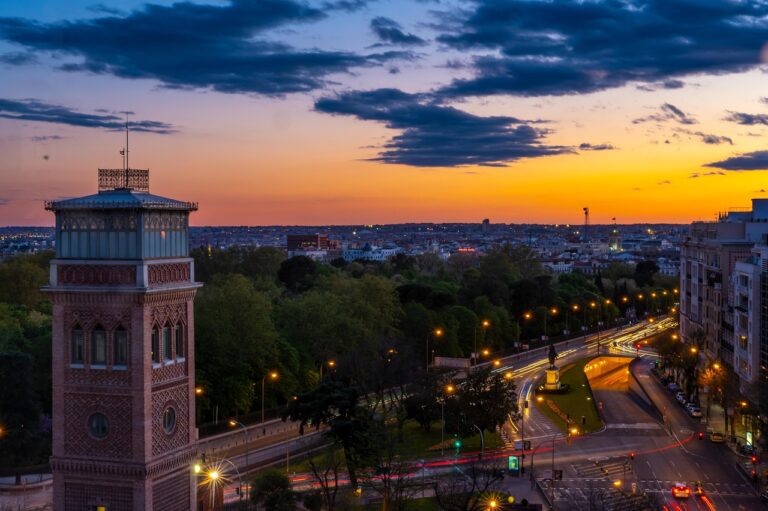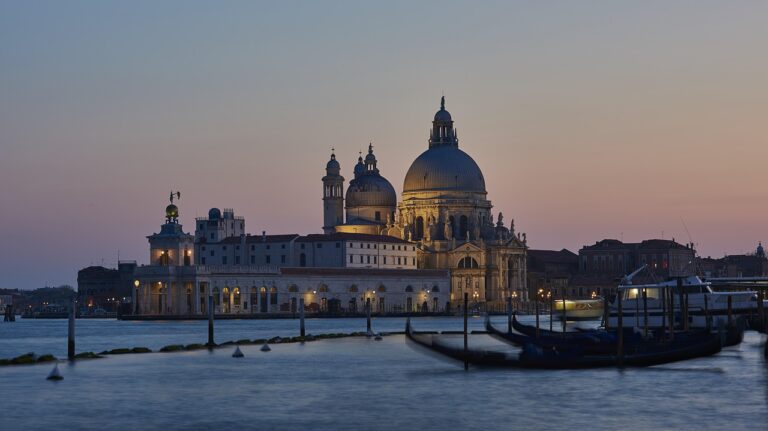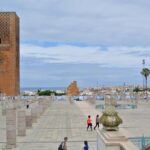Visit the Royal City
Madrid is a city that will surprise you, a lively and vibrant city with demanding art galleries, internationally renowned museums, a unique atmosphere and elegance in its streets, a well-established reputation as the Spanish capital of art and fashion, countless restaurants, tapas bars… And the list goes on.
Madrid is also a welcoming city where you feel at home, so come discover it with us!
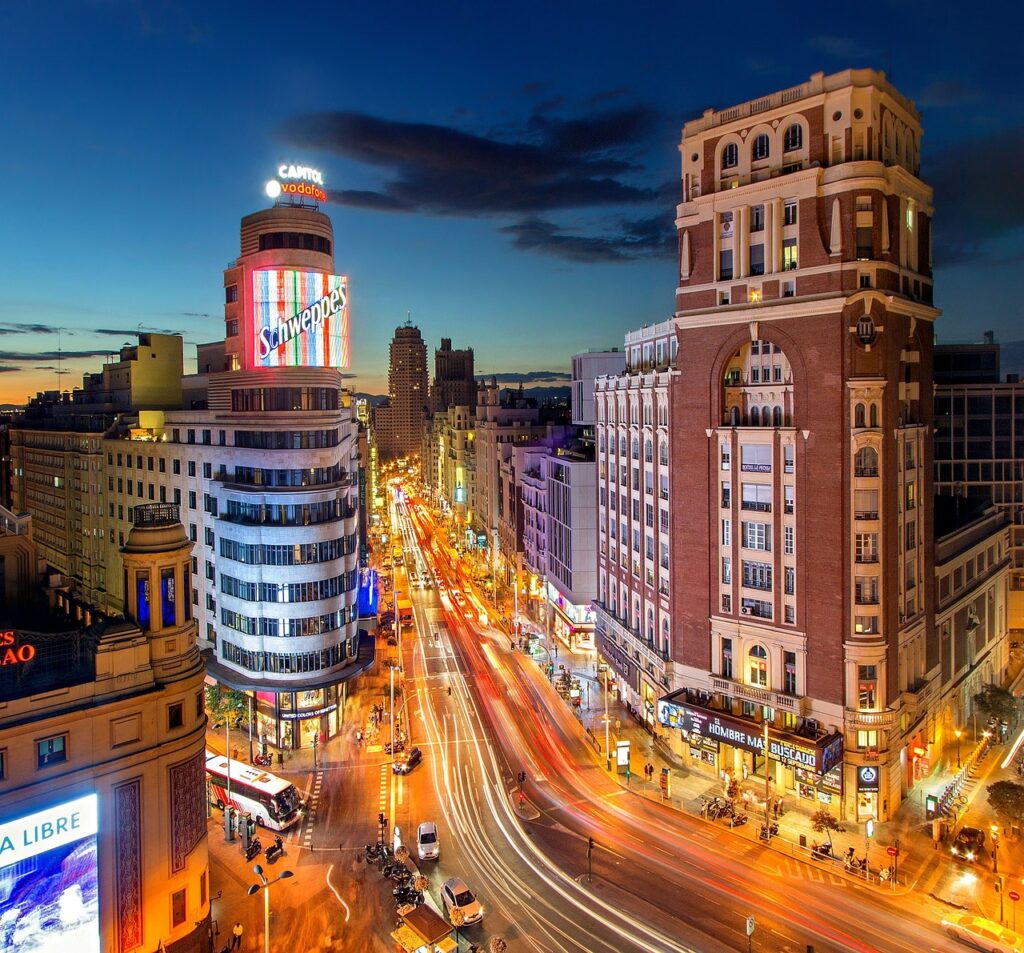
Presentation
- Surface area: 604.3 km²
- Population: 3,334,730 inhabitants
- Location: capital and largest city of Spain
- Main attractions: the Royal Palace of Madrid, the Teatro Real, the Prado Museum, the Royal Botanical Garden, the National Museum of Art Reina Sofía, the Thyssen-Bornemisza Museum, the Almudena Cathedral…
Why visit Madrid?
Still wondering why you should choose Madrid for your next trip abroad? Here are 5 good reasons that might convince you to go there.
A preserved architectural heritage
Madrid’s sumptuous palaces will not go unnoticed, as will its fountains, city squares, and museums, inspired by Italian and French architecture, which reflect the Bourbon dynasty.
Dazzling museums, among the best in the world
Madrid has many museums, but three of them are particularly noteworthy: the Prado, with its important collection of Spanish art; the Thyssen-Bornemisza, with its incredible medieval paintings; and the Reina Sofía, a modern art museum where Picasso’s famous Guernica is exhibited.
A festive city
In addition to its rich historical heritage, Madrid is a city full of life, where the inhabitants are warm and friendly.
It’s during the night that you’ll truly become familiar with Spanish life, where the people of Madrid go out to party and enjoy a drink in a tapas bar. Tapas is a deeply rooted tradition in the capital, a true institution!
Countless activities
If you decide to come to Madrid for a weekend or a few days, you will have to choose between the many activities available to you. Whether you are attracted by culture or gastronomy, or you prefer alternative visits, you will definitely find something to enjoy in Madrid!
An easily accessible and inexpensive city
Several international low-cost airlines serve the Spanish capital, making it easy to get to Madrid, and planning your trip well in advance will help reduce costs.
The different districts of Madrid
Madrid offers many different faces. Most neighborhoods have been rehabilitated. To better discover the alternative aspects of the Spanish capital, follow our guide!
Malasaña
Malasaña is no longer what it once was. It was a scene of the Dos de Mayo uprising of 1808 and a place where the Movida was held, as well as the center of a musical revolution in the 1980s. The neighborhood has evolved a lot and is today a much more modern, unconventional, and lively place.
This is the place to go for parties and nights out with friends and family. Malasaña lets you experience Madrid’s vibrant atmosphere. Between its trendy restaurants and unique bars, you’ll have some unique experiences, especially at night!
Chueca
Chueca is a great neighborhood to live in. Located near Gran Vía, one of Madrid’s most famous avenues, this neighborhood offers some must-see places to visit. Discover, for example, the Museum of Romanticism, the Museum of the History of Madrid, and the House of the Seven Chimneys. You’ll also find shops, cafes, small restaurants, and a huge covered market where you can enjoy a peaceful meal.
Furthermore, the Chueca metro station, with its rainbow colors, is particularly eye-catching. Chueca is indeed a neighborhood that strongly defends LGBT rights, and you’ll quickly notice this through the multicolored flags that decorate many of its balconies!
The Latina
La Latina is Madrid’s liveliest neighborhood. With its winding streets, squares, and tapas bars, La Latina transports you to a vibrant atmosphere in the heart of Madrid. Here are just a few of its many attractions: Puente de Segovia, the Museo del Aire, the Rio Creative Art Center, Plaza de Santo Domingo, Plaza de la Cebada, El Rastro, and more.
The name La Latina neighborhood comes from the writer and humanist Beatriz Galindo, a famous 15th-century scientist and educator. This ancient neighborhood has always been the heart of Madrid’s social life. Take a few moments to relax in its narrow streets, parks, and hidden squares, and as night falls, head to one of its bars to experience the festive atmosphere up close!
Lavapiés
Formerly abandoned, Lavapiés has been rejuvenated since its renovation. While you may find some poorly maintained housing and several community centers, behind these realities lies a cosmopolitan and multicultural population that remains very lively. Its inhabitants demonstrate solidarity and simplicity.
Lavapiés is the perfect place to take part in the city’s various cultural events. It’s also a neighborhood where you’ll find delicious Italian and Indian restaurants to enjoy spicy meals with friends.
Literary Quarter
Nestled in the heart of Madrid, the Barrio de las Letras combines literature, gastronomy, shopping, and bohemian life. It’s the perfect place for a unique encounter with Madrid culture.
The Barrio de las Letras is aptly named, meaning “Neighborhood of Letters” in English. Some of Spain’s greatest writers once resided here, including Góngora, Quevedo, Lope de Vega, Cervantes, and Tirso de Molina. Many of them even named streets after them to commemorate their contributions.
The Barrio de las Letras is a group of pedestrian streets where you will find pleasant places like Santa Ana, and old houses where the great figures of Spanish literature lived and worked during the Golden Age.
Salamanca neighborhood
Located west of Madrid, Salamanca is a charming neighborhood with its ancient architecture, Michelin-starred restaurants, luxury shops, and administrative offices. It is one of Madrid’s most exclusive neighborhoods.
If you’re looking for some high-end shopping in Madrid, head to the Barrio de Salamanca, mainly on Serrano and Claudio Coello streets. It’s not for nothing that this neighborhood is nicknamed the “Golden Mile,” a place made for luxury shopping. This is also where Madrid’s most chic parties take place. And for art lovers, pay a visit to the National Archaeological Museum or the Lázaro Galdiano Foundation Museum.
What to see in Madrid?
Discover unusual places here, spots rarely visited by tourists, to enjoy the city in a different way. These are the most authentic spots in Madrid and reveal the soul of its inhabitants.
The garden of the Quinta de la Fuente del Berro
Quinta de la Fuente del Berro is a pretty, little-visited park located in the Salamanca district of eastern Madrid.
This garden was built in the 17th century by order of Philip IV. Over the years, it was transformed and renovated several times. In 1900, it even became an amusement park.
Today, the Quinta de la Fuente del Berro is a vast place where you can find a great variety of trees, fountains, ponds, a palace, a waterfall and also the famous sculpture Monumento a Gustavo Adolfo Bécquer dedicated to the poet Pushkin.
The Hortaleza silo
The Hortaleza Silo is an old agricultural reservoir that stands out in the Hortaleza neighborhood, located in La Huerta de Salud Park. Today, it is a 20-meter-high tower divided into seven floors and open to the public.
At the top of this building, you’ll enjoy breathtaking 360-degree views of the entire capital. Enjoy the sights of the Quattro Torres, Barajas, and the Madrid mountains.
The Hortaleza silo now hosts cultural events and has an exhibition space. It also has a reading room and a viewpoint that can accommodate around 100 people on the top floor.
Fronton Beti-Jai
Declared a national monument in 1991 and a cultural asset in 2011, the Fronton Beti-Jai in the Chamberí district used to host ball games. When it was built in 1893, it could accommodate 4,000 spectators. Years after some renovations, in 1919, it was used for various purposes: car workshop, prison, police station, workshop for plaster and cardboard objects, etc.
In 2015, Madrid City Council finally acquired the Fronton Beti-Jai. Work began on restoring it while maintaining its original charm. It is one of Madrid’s most well-known monuments.
Small Film Studio
El Pequeño Cine Estudio is a small, timeless movie theater in Madrid. A true cultural center, it offers unique experiences. You’ll have the opportunity to fully immerse yourself in the history of great classics in independent cinemas (“Battleship Potemkin,” “The Hope,” etc.). The films are projected on a 35mm screen, allowing you to fully enjoy the experience.
The fantastic thing about Pequeño Cine Estudio is that you can watch your own films, family and business events (weddings, baptisms, etc.) or even cult films that you want to watch privately with your loved ones.
The Tobacco Factory
La Tabacalera is a must-see for art lovers. Enjoy cultural events and exhibitions away from the crowds. It’s an old factory in the Lavapiés neighborhood. It was later transformed into a fabulous venue showcasing contemporary art and photography.
What’s also interesting about La Tabacalera is that it’s a social center run by associations. You can therefore exhibit your work there if you’ve prepared for it or simply feel like it.
The Slaughterhouse
Located in the far south of the city, the Matadero is often overlooked by tourist itineraries. Yet, it’s an unforgettable attraction, especially for children. These former slaughterhouses and markets were later renovated and have now become vast contemporary cultural spaces. They now house temporary exhibitions, a film library, a library, a special children’s area, restaurants, and more. And if you’re not a fan of exhibitions, you’ll find the buildings exceptionally charming. You can also enjoy a coffee, for example at Café Naves, while your children play in the cultural space dedicated to them.
Madrid at night
It’s at nightfall that you’ll truly discover Madrid. While the routes will remain the same as those during the day, the experience will be different. For about two hours, you’ll see the Royal Palace, Almudena Cathedral, and Plaza de Callao in a unique way, in a perfectly lit setting. It’s an experience definitely worth experiencing during your stay. It’s a much more original way to learn a little more about the daily lives of the people of Madrid, as well as the city’s history.
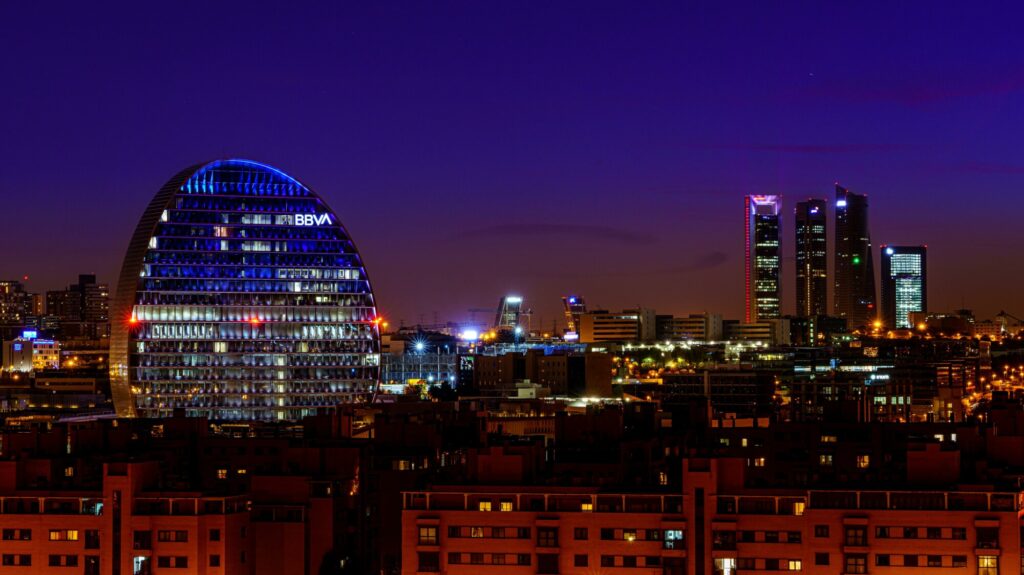
How to visit Madrid?
The plane
Flying remains the fastest and most convenient way to get to Madrid. There are several low-cost airlines that serve Madrid: Ryanair from Paris-Beauvais, Transavia from Paris Orly, Vueling and Volotea from Paris Charles de Gaulle, etc.
The car
Driving remains a good alternative for getting to Madrid, as the road network is very well developed. The city has six radial motorways, each numbered from 1 to 6. The A1 connects Madrid to Burgos, the A2 Madrid to Zaragoza, the A3 Madrid to Valencia, the A4 Madrid to Cordoba, Seville and Cadiz, the A5 Madrid to Badajoz or Spain, and the A6 Madrid to A Coruña or the Castile and León region.
The train
Madrid has two train stations: Atocha and Chamartin. You will arrive at one of these stations depending on your origin. Since the city has high-speed trains, it is possible to get to Madrid much faster. For example, it takes about 4 hours and 30 minutes from Perpignan and just over 9 hours from Paris.

